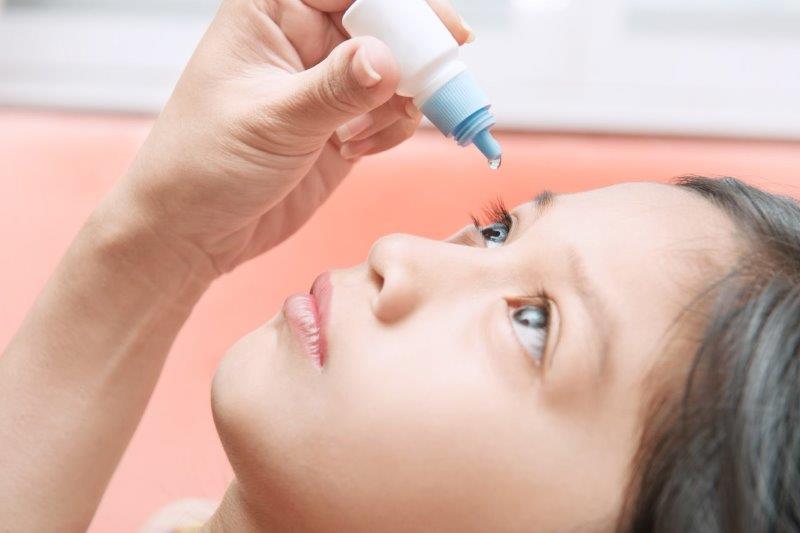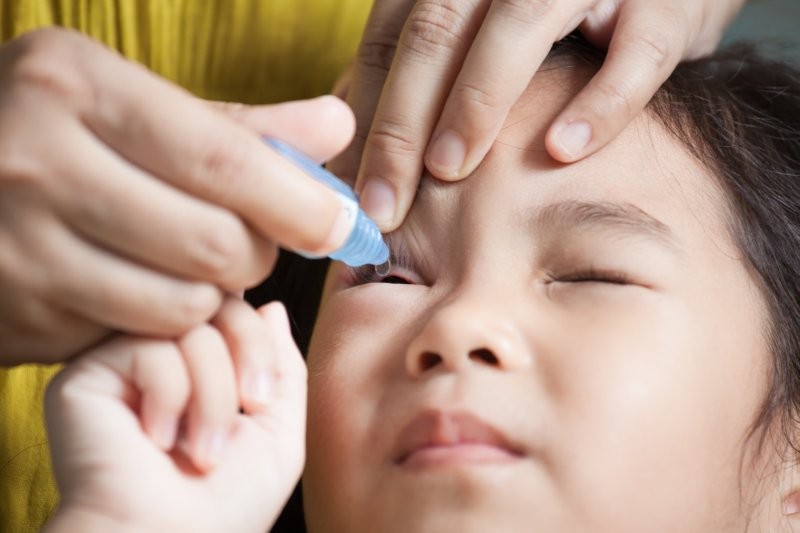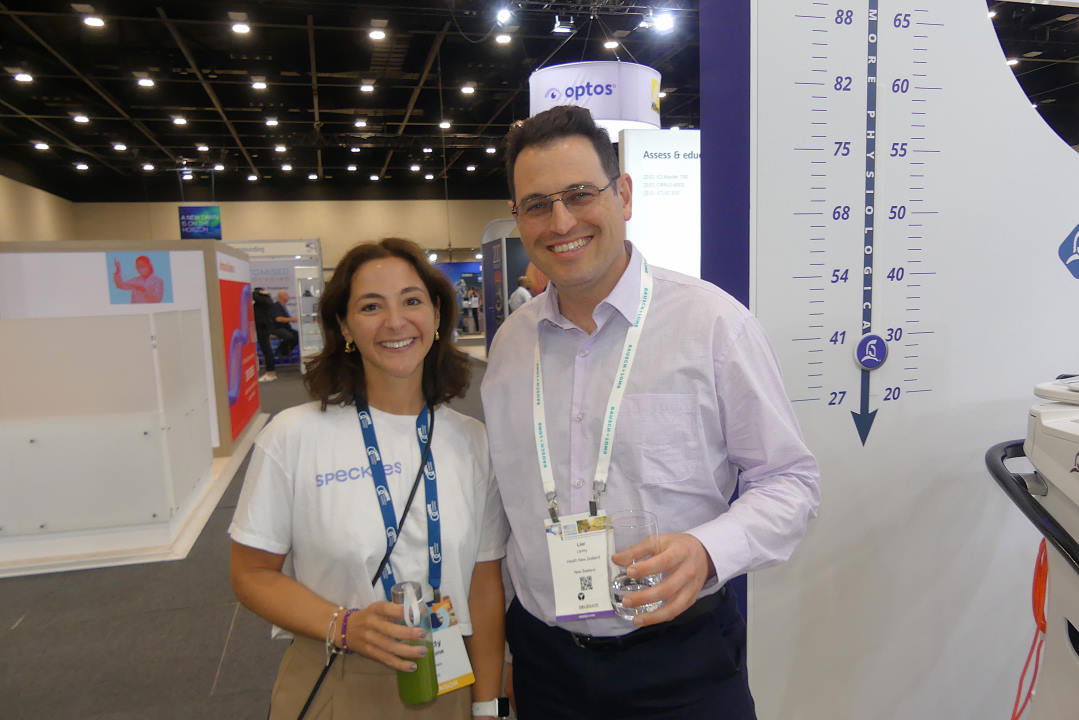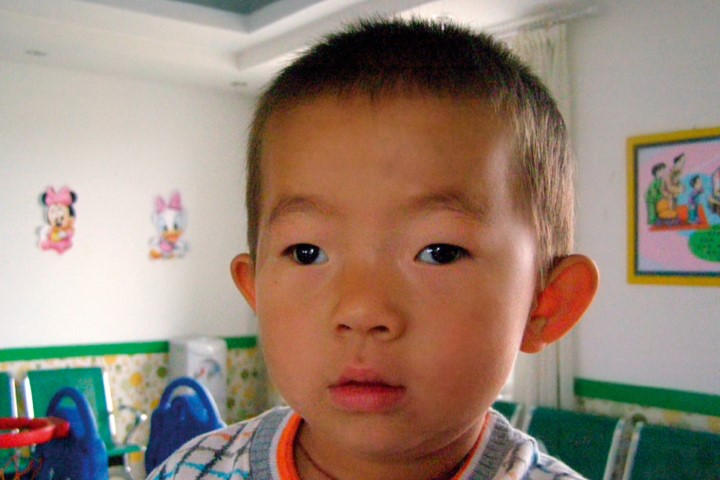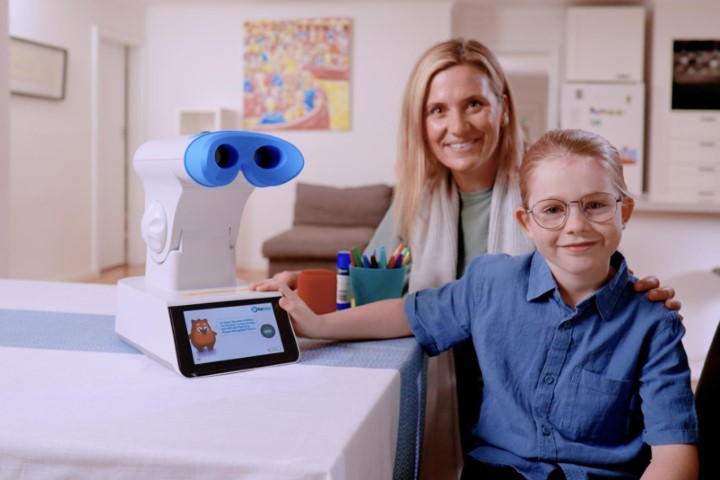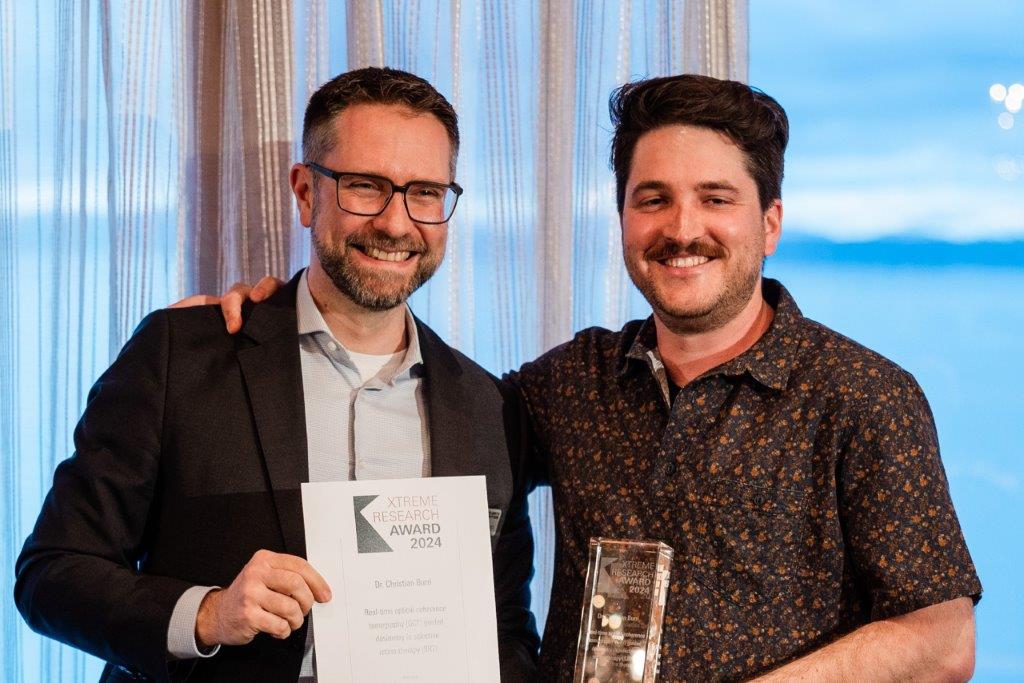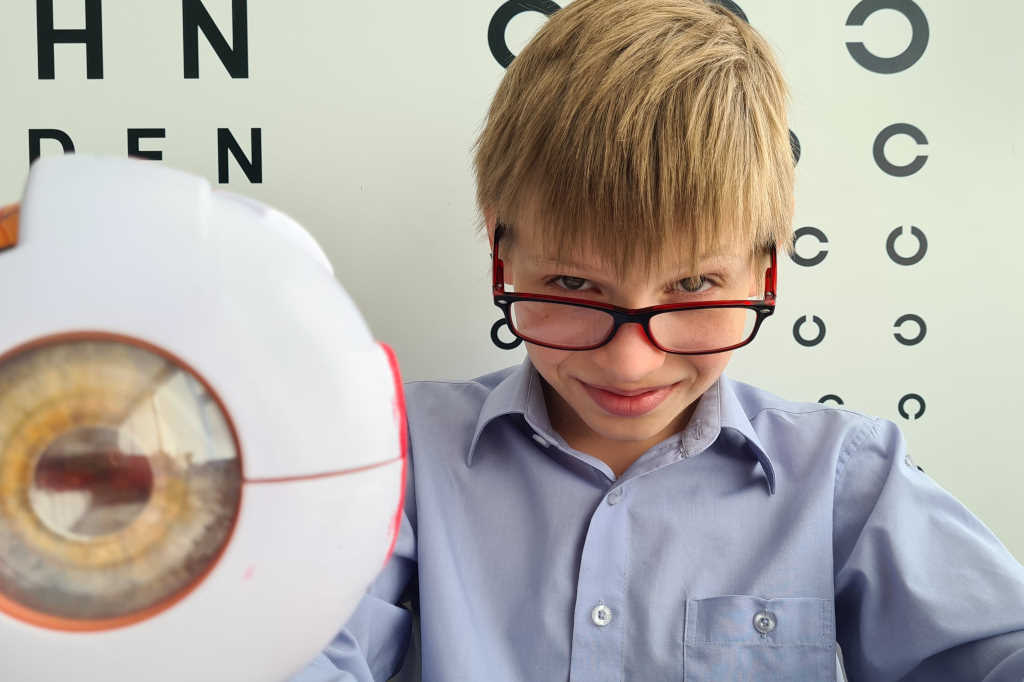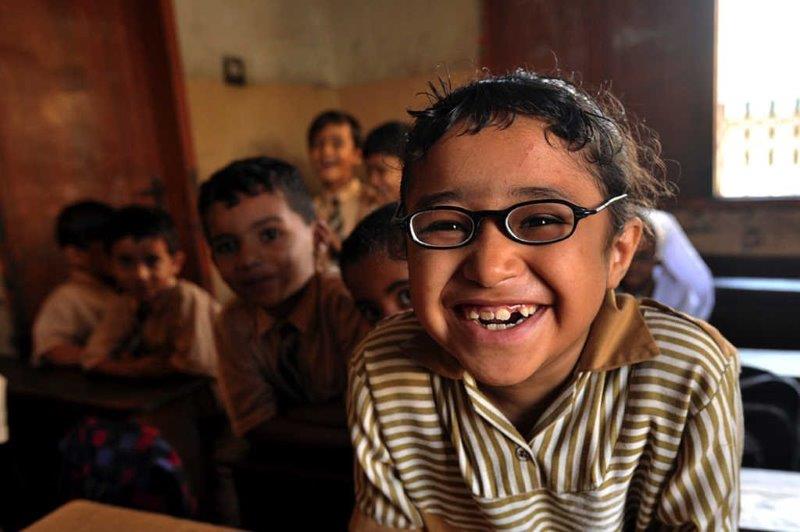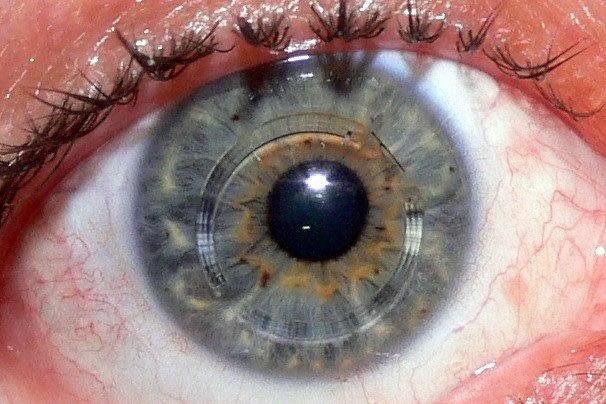ARVO highlights latest myopia research
Attendees of the Association for Research in Vision and Ophthalmology’s (ARVO) 2024 meeting delved into the latest myopia research, with the presentation of two study abstracts identifying genetic links and exploring new treatments which could help address the disease’s increasing prevalence.
Genetic factors in childhood myopia
Researchers from The Chinese University of Hong Kong studied 15 potential genetic variants in a group of 2,819 Chinese children, who underwent baseline and three-year follow-up cycloplegic refraction and ocular assessments. They found variants in the TOX, ZMAT4, GRIA4 and RDH5 genes were associated with eye-size and refractive error. Two variations in CD55 and RDH5 were linked with three-year changes in corneal curvature and eyeball length.
These findings offer valuable insights into the genetic basis of childhood eye growth and early development of refractive error, said team lead Dr Ebenezer Zaabaar. “The study has the potential to pave the way for improved understanding, early detection and novel interventions for refractive errors in children, particularly myopia, mitigating the risk of myopia-related eye complications and potential blindness later in life.”
Myopia suppression with new eye drops
Researchers in Japan investigated potential myopia-suppressing drugs as alternatives to low-dose atropine, with promising results.
In a previous study, team lead Dr Shin-ichi Ikeda, Keio University School of Medicine, showed that scleral endoplasmic reticulum (ER) stress plays a crucial role in the development of myopia. The team also showed that using chemical chaperones (small molecules that help proteins achieve their correct three-dimensional structure, such as 4-phenylbutyric acid (4-PBA) and tauroursodeoxycholic acid, were successful in suppressing myopia progression.
Based on the finding that ER stress in the sclera is involved in myopia, 4-PBA is a potential new myopia-suppressive eye drop, said Dr Ikeda. “Our discovery provides a new myopia intervention option in addition to atropine and may allow intervention for those less likely to respond to atropine.”







